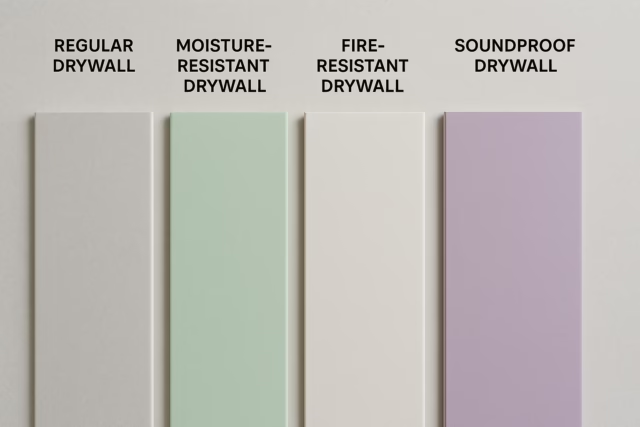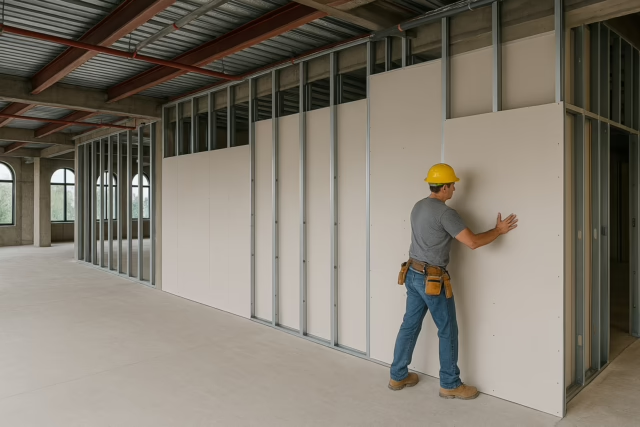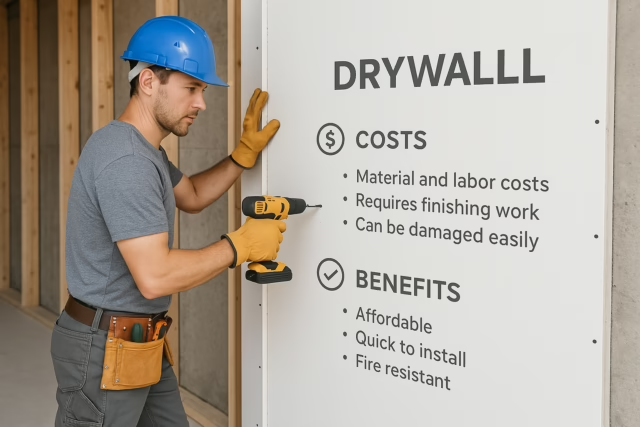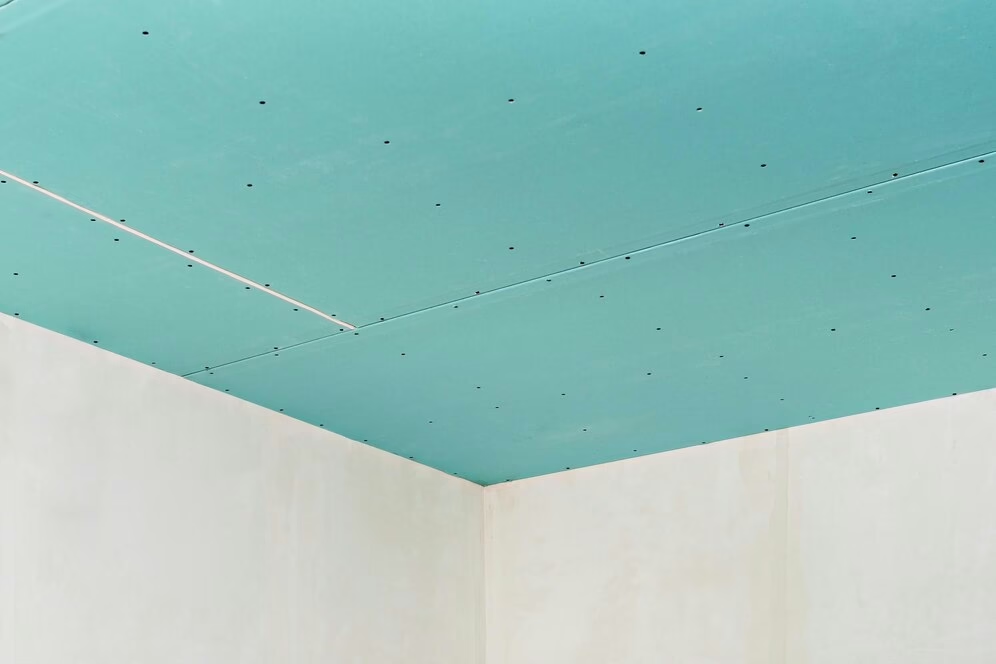Creating a peaceful indoor environment is more essential than ever, especially in urban settings where noise pollution is a constant. Whether you’re designing a home office, a music studio, or a commercial building, incorporating acoustic solutions drywall is a game-changing strategy for reducing unwanted sound transmission.
In this guide, you’ll learn what drywall acoustic solutions are, how they work, and why they’re key to achieving superior sound insulation in any space.
What Is Acoustic Solutions Drywall?
Acoustic drywall, also known as soundproof drywall or sound-resistant gypsum board, is specially engineered to minimize sound transmission between rooms. It is denser and often includes layers of viscoelastic polymers, gypsum, and other damping materials to absorb and block sound waves.
These solutions are widely used in:
- Residential homes for bedrooms and nurseries
- Commercial buildings like offices and hospitals
- Media rooms and home theaters
- Music and podcast studios
👉 Explore our professional drywall services at HD Drywall Services
How Does Acoustic Drywall Work?
Acoustic drywall employs mass, damping, and decoupling principles to reduce airborne and impact noise. Unlike standard drywall, it’s built with multiple layers that absorb vibration and prevent sound from transferring through walls.
Key Features of Acoustic Drywall:
- Increased Density: Heavier panels block sound more effectively.
- Multi-layered Composition: Includes viscoelastic polymers that dissipate vibrations.
- Fire and Mold Resistance: Many acoustic drywall products are also rated for fire safety and moisture resistance.
- Easy Installation: Installed similarly to regular drywall, with minimal learning curve for professionals.
You can view examples of our work and installation quality on our Facebook Page
Best Applications for Acoustic Solutions Drywall
While acoustic drywall panels can be used throughout a building, they are particularly useful in:
1. Home Offices & Study Rooms
Block external noise to enhance focus and productivity.
2. Bedrooms & Nurseries
Ensure quiet, restful environments that promote well-being.
3. Multi-family Units
Prevent sound transfer between shared walls and floors.
4. Commercial Spaces
Maintain confidentiality and comfort in meeting rooms or medical offices.
Visit our About Us page to learn more about our mission in sound-optimized construction.
Why Choose Acoustic Drywall Over Traditional Drywall?
Traditional drywall is cost-effective but limited in terms of sound resistance. On the other hand, acoustic drywall offers measurable performance in STC (Sound Transmission Class) ratings, often improving them by 10-15 points.
| Drywall Type | Approx. STC Rating | Sound Resistance |
|---|---|---|
| Standard Drywall | 30-34 | Low |
| Acoustic Drywall | 45-52 | High |
Want to compare your project options? Contact our team today via HD Drywall Contact Page
Additional Tips for Enhanced Soundproofing
Drywall is just one piece of the acoustic puzzle. For superior results, combine your acoustic drywall solutions with:
- Acoustic sealants around edges and outlets
- Resilient sound clips for decoupling
- Mineral wool or fiberglass insulation
- Double stud wall construction
Need tailored advice for your building? Get in touch with us for a free consultation.
Final Thoughts
Acoustic solutions drywall is an intelligent and effective way to enhance peace and privacy in any structure. Whether you’re renovating your home or planning a commercial build, the right drywall solutions can make a world of difference in comfort and functionality.
Let HD Drywall be your trusted partner in designing noise-controlled, acoustically balanced interiors.
Frequently Asked Questions
1. What is the difference between acoustic drywall and standard drywall?
Acoustic drywall is designed with enhanced density and layers for sound reduction, whereas standard drywall has limited noise-blocking capabilities.
2. Can acoustic drywall be installed in existing homes?
Yes, acoustic drywall can replace existing drywall or be added as a second layer to improve sound insulation.
3. How much noise can acoustic drywall block?
Acoustic drywall can improve STC ratings by 10–15 points, significantly reducing noise transfer between rooms.
4. Is acoustic drywall more expensive than regular drywall?
Yes, but the long-term benefits in privacy, comfort, and property value often justify the investment.






